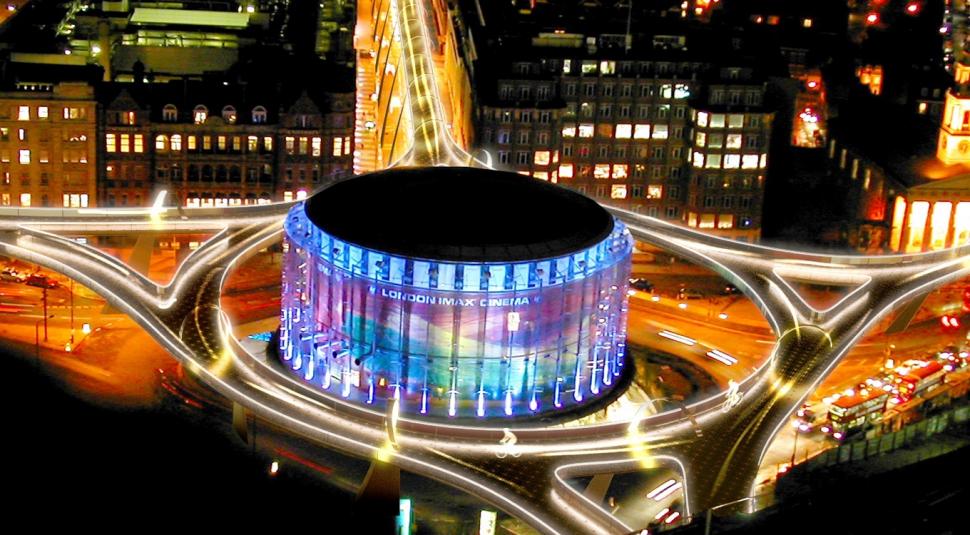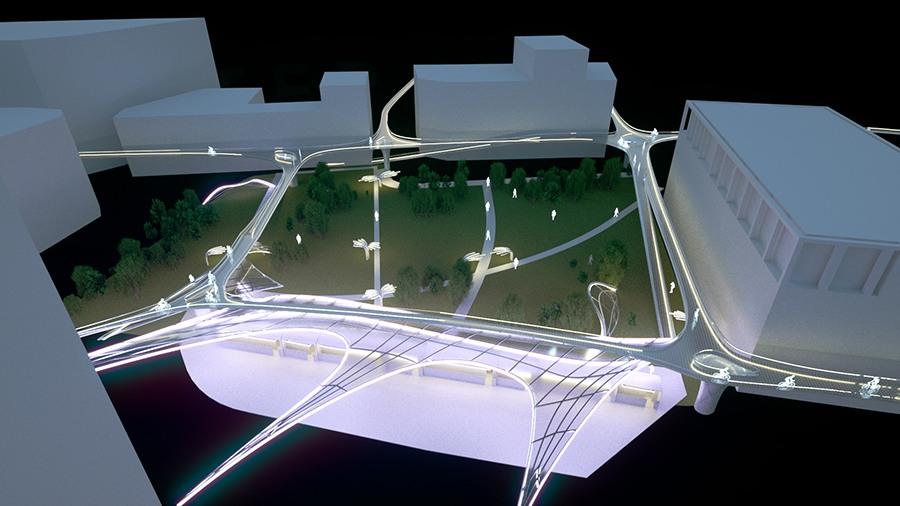- News
- Reviews
- Bikes
- Accessories
- Accessories - misc
- Computer mounts
- Bags
- Bar ends
- Bike bags & cases
- Bottle cages
- Bottles
- Cameras
- Car racks
- Child seats
- Computers
- Glasses
- GPS units
- Helmets
- Lights - front
- Lights - rear
- Lights - sets
- Locks
- Mirrors
- Mudguards
- Racks
- Pumps & CO2 inflators
- Puncture kits
- Reflectives
- Smart watches
- Stands and racks
- Trailers
- Clothing
- Components
- Bar tape & grips
- Bottom brackets
- Brake & gear cables
- Brake & STI levers
- Brake pads & spares
- Brakes
- Cassettes & freewheels
- Chains
- Chainsets & chainrings
- Derailleurs - front
- Derailleurs - rear
- Forks
- Gear levers & shifters
- Groupsets
- Handlebars & extensions
- Headsets
- Hubs
- Inner tubes
- Pedals
- Quick releases & skewers
- Saddles
- Seatposts
- Stems
- Wheels
- Tyres
- Health, fitness and nutrition
- Tools and workshop
- Miscellaneous
- Cross country mountain bikes
- Tubeless valves
- Buyers Guides
- Features
- Forum
- Recommends
- Podcast
news
 Ribble Cycles Future Cities.jpg (credit: road.cc)
Ribble Cycles Future Cities.jpg (credit: road.cc)Here's what Manchester & London could look like in a cycle-friendly future
Ribble Cycles has put together an expert panel to imagine how two iconic locations in Manchester and London could look in the near future if city planners start prioritising cycling.
As part of its Future Cities project, Ribble Cycles has employed the expertise of professors from the University of West England Transport Engineering department, the regional planning department of York City Council, students at the London School of Economics and transport planning consultants to give Piccadilly Gardens in Manchester and Waterloo in London a rework.
The results, which you can see below, prioritise cyclists at both of these locations.
Both Picadilly Gardens and Waterloo see high volumes of traffic - vehicular, pedestrian, and cyclist - 24 hours a day, seven days a week.
Ribble says that despite as many as 23 million cycle journeys occuring in London alone every year, only small tweaks have been made to the infrastructure in these areas to accommodate cyclists.
The cycling retailer says that it has taken examples of already-existing urban design and city planning to steer its vision.
Manchester Piccadilly Gardens
The Ribble study located Picadilly Gardens's "dim, grey aestetic" as part of the reason many locals and tourists have struggled to fall in love with the central Manchester location.
Not only that, but the study highlights the proximity of the city's busiest bus and tram terminal as a hazard for cyclists, as well as the 132 incidents of bicycle theft in the area in 2016.
To counter these problems, and the other problem of poor night time lighting in the area the panel created the following model.
According to the Ribble think tank, the solution to the problem of the area's dimly-lit walkways and treacherous roads is a combination of solar panel-powered LED strip lighting, and raised cycleways.
The kicker, is those solar panels are embedded into the cycleways themselves.
In order to better protect cyclists from theft, the design features automated underground bike storage throughout the area.
Member of Ribble's panel, and Professor of Transport Engineering at the University of West England, compared the design to art and said "we need to create an environment that's pleasant and different."
Meanwhile Regional Director at York City Council said the direct routes across Piccadilly Gardens that these plans allow should take centre stage during any future discussions relating to cycling infrastructure.
While these roads may look excessively futuristic, we've seen similar examples of raised cycleways throughout Europe and Asia, underground bicycle storage in Tokyo, and solar cyclepaths in Poland.
Just last month a raised cycleway opened in the Chinese town of Xiamen.
>Read more: Longest elevated cycle path in the world opens in China
London Waterloo
The problems faced by the Waterloo project were slightly different to those faced in Manchester.
For starters, Waterloo is one of London's biggest train terminals, and therefore footfall in the area is significantly higher than in Picadilly Gardens.
Thousands of cycle commuters pass through the area on an hourly basis, and the IMAX roundabout - pictured in this article's lead image - as well as the Westminster Bridge Road roundabout are considered to be two of the scariest spots for cyclists in the city.
To get an idea of just how much traffic we're talking about, in the year between April 2015 and March 2016, 99,148,388 entries and exits to Waterloo were recorded.
£22 million worth of plans have been submitted to overhaul the area in the near future, but sadly, the panel predict that an insufficient level of attention will be paid to cyclists in the redesign.
The panel's suggestions focus on the dangerous areas of the area's existing danger hotspots, specifically the roundabouts mentioned earlier.
The image below shows the elevated roundabout, which took inspiration from the raised roundabout in North Brabant, Netherlands, known as the Hovenring.
The structure is made from a series of steel structures supported by cables, like a bridge, which ensures vibrations are reduced and cyclists have a significantly more comfortable ride.
Much like the Manchester project, solar panels embedded into the cycleway will power the lights, and if projections are correct enough energy will be produced to power a local office block for an entire year.
The project will extend all the way out to Waterloo Bridge, and run along the top of it.
While these designs may seem farfetched, the report says that all of the designs were based on features that already exist throughout the world.
The concluding statement reads: "These designs may be ambitious, but that's not to say they're unattainable.
"Remember, nothing changes until something changes. So clip yourself in, don your Lycra and help to create a brighter, safer future for those who'll choose two wheels over four in generations to come."
Latest Comments
- quiff 1 sec ago
Not condoning it - but I'd say the risk of enforcement is low, given that nobody currently seems to be catching the thieves who are carrying...
- HLaB 12 min 26 sec ago
I'll not sleep tonight thinking about the poor state of the chain! No wonder the FD cable snapped 😕
- Miller 19 min 14 sec ago
This is prejudiced scare-mongering nonsense. In the past decade I have bought multiple frames, rims and components direct from Chinese suppliers...
- jaymack 22 min 21 sec ago
I have a copy, I bought my brother a copy. Buy one, it's magical...
- David9694 39 min 47 sec ago
Residents tell of 'nightmare traffic' after road closure...
- archieboy 51 min 56 sec ago
Sent my womens team in last night. Still faffing about with the mens team, cant decied if Pogi at 64 pts out of 150 is a good deal or not..
- chrisonabike 1 hour 6 min ago
People seem unable to comprehend the existence of the odd Skip of Doom round a bend, or poorly signed roadworks etc. Never mind cyclists,...
- kevgravelkev 1 hour 51 min ago
I think the pictures say it all...
- OldRidgeback 2 hours 15 min ago
Wow, Coren is commending criminals for their violent robberies. That's quite a mental leap to be encouraging criminality.


Add new comment
9 comments
liverpool was destroyed in the 80's by 'footpaths in the sky'. Most of them have been removed which is good.
Nonsense on stilts.
Utterly hopeless stuff. The "Hovenring" is a solution for an out-of-town junction, with long approaches (and the road was lowered a bit too). This sort of nonsense needs an aricle like John's one on indicators...
Raised cycleways or over passes on very busy junctions I can understand but those are just removing cyclists for the benefit of others.
Raised cycleways are very pointless hills. They have to be high enough so that anything that might be on the "proper" road can get under them. Double decker buses in these particular situations. So they will have to be higher than some railway bridges.
> raised cycleways
No no no no NO. We do not want to get cyclists out of the way. We want them at street level, where they can see something interesting in a shop, be it clothing, tech or just food, and stop to buy. Putting them up in the sky just turns the network into a motorway.
Put the motor traffic up in the sky, out of sight. Keep the streets for PEOPLE. Stupid Ribble.
Or bury it underground?
When I was a student in Manchester, the biggest reason to steer clear of Piccadilly Gardens was the number of alcoholic tramps that infested the place...
This is very retrograde thinking, like the ideas of the 1960s which were designed to, and did, give entire city centres to motor traffic. It's also boring and unimaginative, as if every 7-year-old doing a class exercise doesn't come up with the same idea.
Any suggestion which removes bicycles from the roadway should be treated with extreme skepticism, if not rejected out of hand, as it reinforces the idea that bicycles should not be on the road.
The problems that we face are congestion, pollution and road safety. None of these is caused by bicycles.
The answer to the congestion problem is to get the private vehicles out of our towns.
The answer to pollution is to use electricity, which doesn't yet do away with pollution, but at least centralises it so it kills fewer people, and can be managed more easily.
The answer to road safety is driverless vehicles and smart infrastructure. A very welcome side-effect of this will be the removal of all the ugly street signs telling people what (not) to do, which will go some way to reveal the beauty of our architecture.
This would be great if it ever happens. The way that these cities are progressing it may not be too far away. The amount of bikes that are in London is unbelievable so this would make riding a lot safer and encourage more riders to leave cars and public transport. But we will get more hate from drivers because we don't pay a road tax.